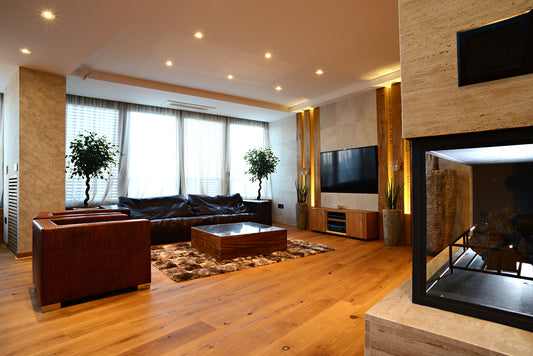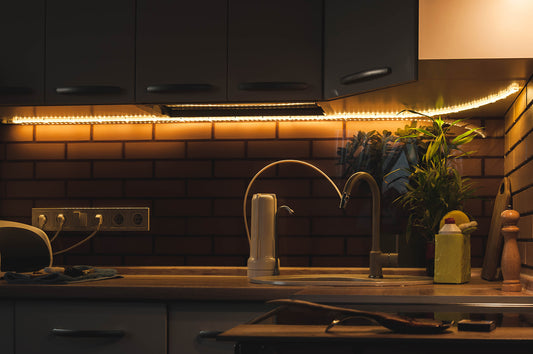A Five-Step Approach to Layering Light I
What do you do when you want to change the mood of a space? What if you want to change the scale of a space, what to modify? How about in changing the color of a space?
According to Sage Russell’s The Architecture of Light : Architectural Lighting Design Concepts and Techniques, the answer to all of these questions is simple – change the lighting.
And basically going through five steps (or layers) in order to achieve the best lighting design look for your home. Please find these discussed in a series of articles here on our website.
Good lighting is very essential for our well-being.
Lighting in your home can make or break its look and feel. No matter how much you’ve accessorized, furnished and arranged, if basic lighting design scheme is not applied - it would not appear as a well-decorated home.
A layered approach in lighting means combining three types of lighting: Ambient, Task and Accent lighting.
In the first layer, you seek to choreograph the experience of somebody visiting the place. You use light to guide a visitor through your space and help them orient themselves.
In other words, you place lighting such that the eyes of the visitor are drawn to a focal point. That point should be far away – at the far end of the space. Its function is to entice the visitor’s attention and make them scan the space in the process as they look around, and (hopefully!) walk towards the light beacon across the room. Anything else might end in faceplanting the wall. An unfortunate experience, we’re sure.
The second layer consists of thinking about the lighting needed to create a particular ambient (relaxed vs. work) and to determine the brightness of the space. Warm (yellowish) light sources diffuse to create a warm and comfortable ambiance while cool white and directional light create a more sterile, work-related context.
SUBSCRIBE to our newsletter and get first dibs on more home design lighting tips and knowledge!




